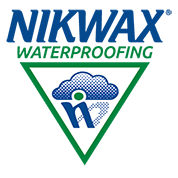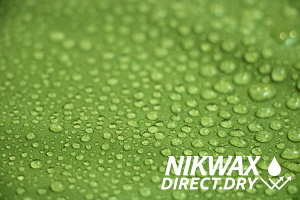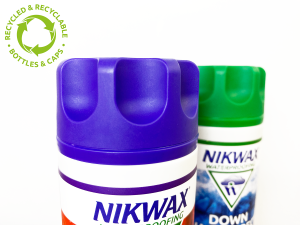In the late 1990’s, soft shell (also spelled “softshell”) outerwear hit the marketplace with a bang. Almost overnight, the stretchy fabric became the telltale mark of “serious” outdoorspeople. Soft shells continue to excel as a go-to piece for outdoor play. Today we present: everything you’ve always wanted to know about soft shell fabrics…
1. What exactly is a “soft shell” anyway?
Any synthetic outerwear with stretch, moderate water- and wind-resistance, and high breathability can be considered a soft shell. As fabric technology evolves, the line between hard shell and soft shell gets murkier. Today, there are hard shells that feel a bit like traditional soft shells with high breathability and stretch. There are also membrane soft shells, which will feel like a hard shell with a bit more stretch.
Recognizable ingredient brand names: Polartec, Shoeller and Gore-Tex Soft Shell, plus many branded options from manufacturers.
2. What are the pros and cons soft shells?
- Pros
- Breathability. Soft shells provide plenty of protection from (most of) the elements with greater breathability than hard shells. Excellent for aerobic activities like running and ski touring.
- Stretch. When you need to have greater freedom of movement, such as with climbing or Nordic skiing, added stretch is a huge bonus.
- Warmth. Soft shells are not sold as insulators, per se, but in moderate temperatures one soft shell can do the job of a hard shell and a fleece combo.
- Cons
- Resistance. Soft shells can be slightly less wind and water resistant than hard shells.
- Weight. If you require super light gear for your latest epic, soft shells generally aren’t as light as hard shells.
3. Do soft shells require special care?
Nothing beyond proper cleaning and occasional waterproofing! The vast majority of soft shells can and should be washed in the home washing machine (always double check the label). Wash with Nikwax Tech Wash – alone or with other gear for which Tech Wash is appropriate. As needed, do a secondary wash with Nikwax SoftShell Proof to revive your soft shell’s water-resistance back to original levels.
4. Do I need soft shell gear?
If you can answer yes to either of the following questions it may be time to add soft shell gear to your performance wardrobe.
- Do I participate in sports where I’m likely to sweat a lot?
- When I’m outside, is it usually snowy or clear, as opposed to rainy or sleety?
Here’s to fun, warm, safe and dry outdoor play!









Can you use the hardshell wash in on a softshell jacket or vice versa?
Hey Michelle! For softshell jackets and pants, we recommend SoftShell Proof for waterproofing. For cleaning softshells, we use Tech Wash. Hardshell waterproofer, otherwise known as TX Direct, will add some repellency to softshell fabrics, yes, but it will not last as long or work as well, due to the 4-way stretch functionality of the softshell fabric structure. Hope that helps!
Hello,
I have a fleece-lined softshell jacket. Can I use the softshell wash-in stuff, or do I need spray-on?
Thanks,
Duncan
Hi Duncan!
If the fleece liner is meant to wick moisture form your body (if you wear it right next to your skin) use the Spray-on. Otherwise wash-in will work great!